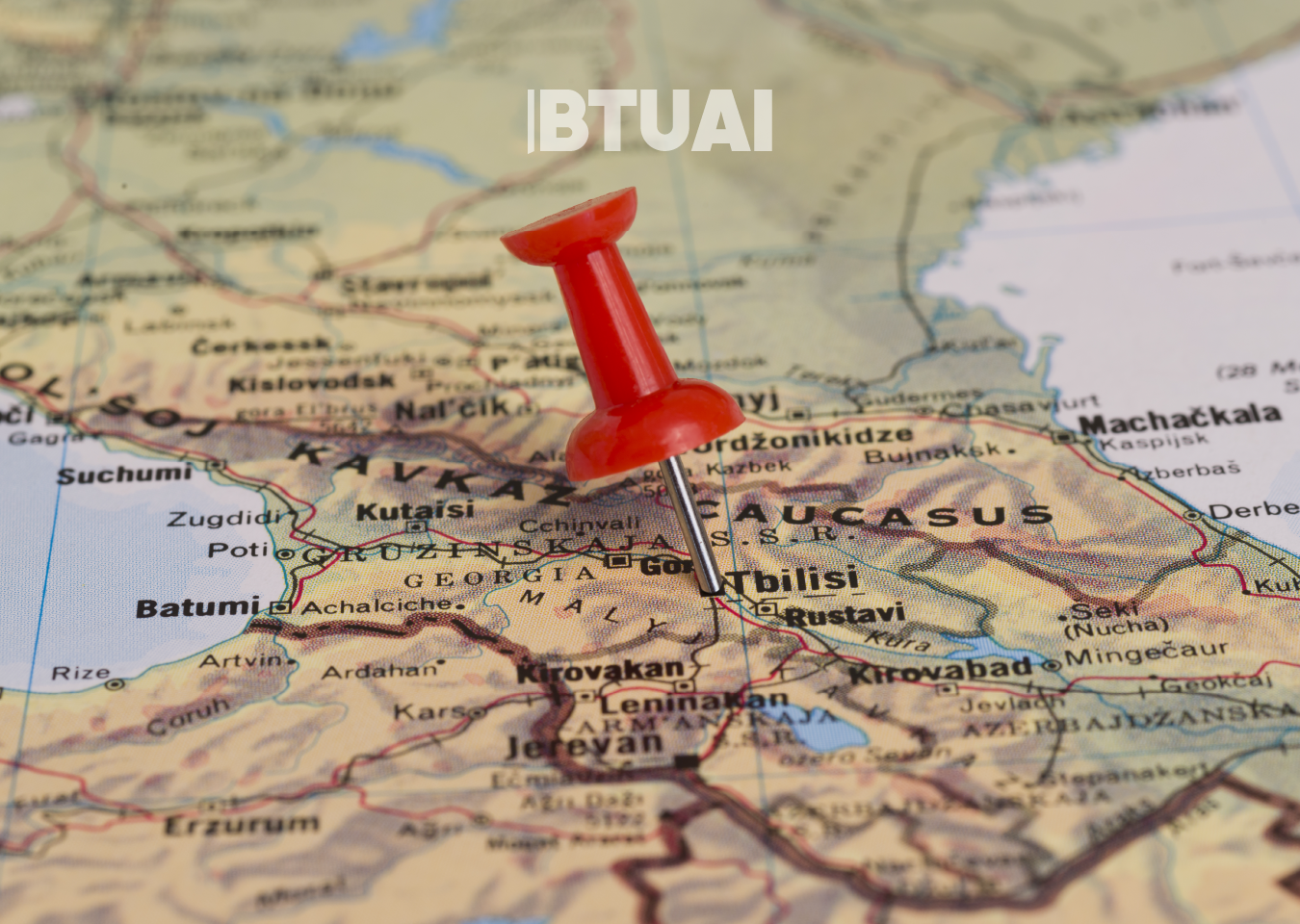Why Do Most Tourists Stay Only in Tbilisi and Adjara? – What’s Holding Back Regional Tourism in Georgia?
In the first quarter of 2025, the majority of international visitors to Georgia were concentrated in Tbilisi — 665.7

In the first quarter of 2025, the majority of international visitors to Georgia were concentrated in Tbilisi — 665.7 thousand visits, making up 40.6% of all trips. Adjara followed with 301.8 thousand visits (18.4%). In contrast, the remaining regions attracted significantly fewer tourists: Kvemo Kartli received 6.9%, Kakheti 6.3%, and Imereti only 2.2% (source: Geostat).
These figures reveal a stark concentration of tourism in just two destinations — the capital and the seaside — despite Georgia’s rich diversity in natural, cultural, and historical attractions across its regions.
Tbilisi naturally draws tourists as the country’s cultural and transportation hub. Adjara benefits from seasonal seaside tourism and direct international flights. However, regions like Kakheti with its wine heritage, Racha with its pristine nature, Samtskhe-Javakheti with its historic monuments, and Imereti with its cuisine and cultural sites all offer much more than the current visitor flow suggests.
So what’s preventing these regions from attracting more tourists? One key issue is infrastructure — limited transportation options, poor road conditions, or lack of comfortable accommodations. Another is low international visibility: while Tbilisi and Batumi are frequently mentioned abroad, destinations like Borjomi, Akhaltsikhe, or Ambrolauri rarely come up in travel content or media.
Additionally, regional tourism experiences are often underdeveloped in terms of presentation and packaging. Tourists today don’t just want a destination — they want an experience: wine routes, rural adventures, or authentic cultural encounters. While many of these exist locally, they are often not marketed effectively.
Strengthening regional tourism doesn’t just mean spreading out tourist numbers — it means boosting local economies. Each new visitor in a region supports small businesses: family guesthouses, drivers, guides, winemakers, and small cafes.
Every additional visitor outside the capital is more than just a statistic — it’s a signal that Georgian tourism is becoming spatially balanced and that economic benefits are reaching beyond Tbilisi.
What’s needed now is better awareness campaigns, improved packaging of regional offers, and more diverse tourist routes — so that every visitor knows that Georgia offers much more than just Tbilisi and Batumi.




